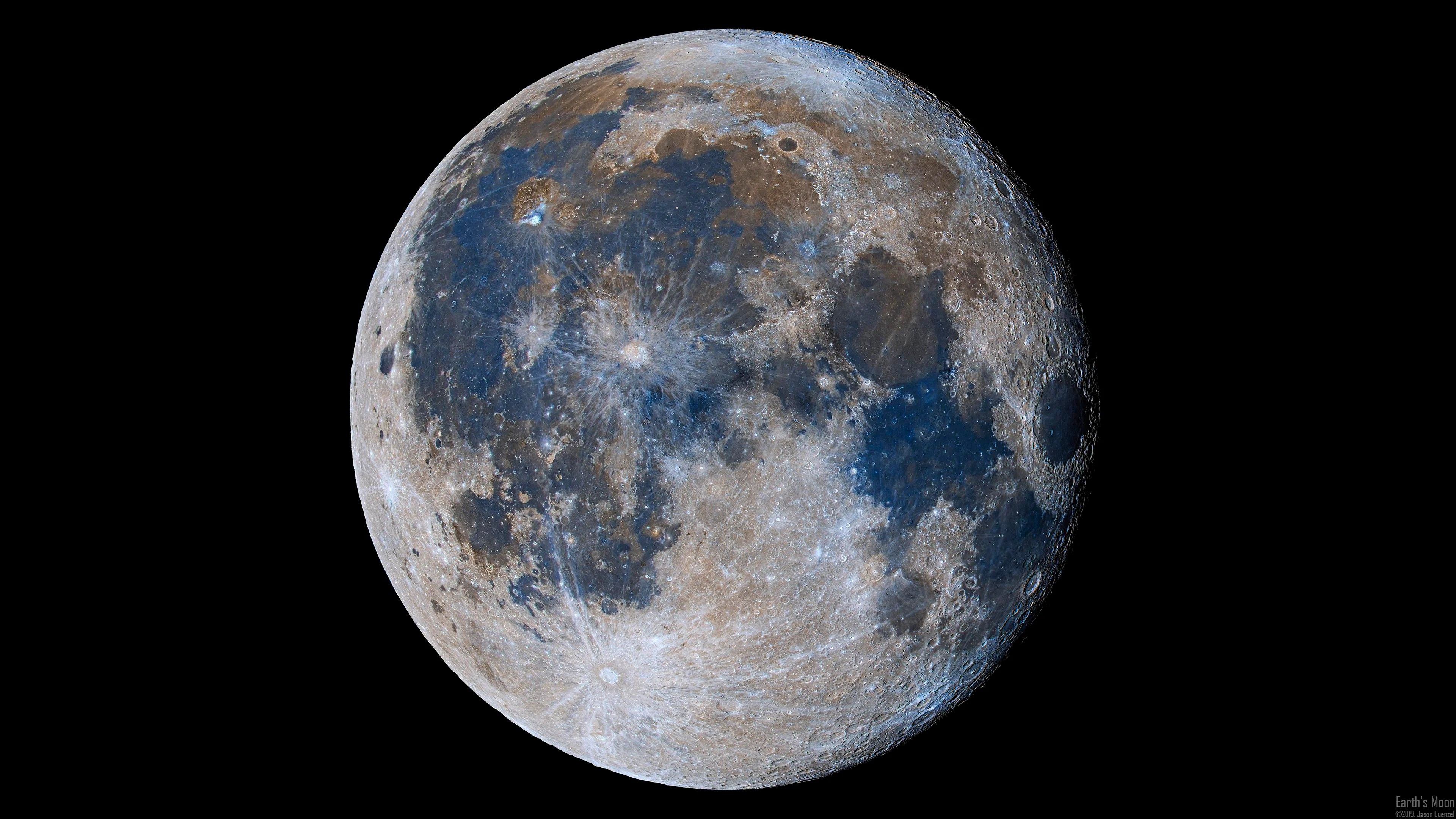23 May 2024 The Flower Moon
A celebration of nature’s brilliant bloom and rebirth, the Flower Moon appears in the night sky in May. The Flower Moon represents fertility, expansion, and the beauty of the natural world. It gets its name from the abundance of flowers that bloom throughout this month.
Many cultures have traditionally respected this moon because of its association with the emerging vegetation. The profusion of blooms, like wild phlox, signaled the official beginning of spring, as observed by Native American tribes in particular. The Flower Moon signifies a time of warmth and longer days, which promotes the growth of crops and other vegetation necessary for human nutrition in addition to flowers.
Another reminder of the interconnectedness of life is provided by this full moon. A range of ecosystems are supported by the blossoming flowers, which also serve as food for insects and other creatures that aid in pollination and the survival of plant species. Honoring the Flower Moon means recognizing this life cycle and the vital part flowers play in preserving ecological harmony.
Despite the passage of time, the Flower Moon remains a symbol of optimism and renewal, encouraging people to recognize the beauty all around them and the annual cycle of growth and regeneration that nature experiences.
For thousands of years, people have been enthralled by the full moon because it symbolizes the passing of time and acts as a beacon in the night sky. In addition to illuminating the night sky, each full moon in 2024 will have special astronomical and cultural importance. Let’s take a closer look at the traditional names and meanings of each full moon in 2024 as we examine them month by month.
List of Full Moon in 2024

January 25: The Wolf Moon
The Wolf Moon, so named by Native American tribes who connected the howling of wolves with the midwinter moon, occurs at the start of the year. This full moon, which is frequently seen in the dead of winter when it’s freezing and snowing, represents both the wolf packs’ tight-knit survival techniques and the hunger and misery of the season.
February 24: The Snow Moon
The full moon in February, also referred to as the Snow Moon, is a reflection of the month’s characteristic significant snowfall. This moon marked the beginning of the hard survival phase in late winter, when food supplies were running low and the worst weather was still to come for many ancient cultures.
March 25: The Worm Moon
March ushers in the Worm Moon, so called because earthworms begin to emerge from the thawing ground, heralding the arrival of spring as winter begins to fade. The ground is coming back to life and getting ready for planting season during this moon’s period of renewal and rebirth.

April 23: The Pink Moon
The early spring flowers, especially the pink phlox, that start to bloom are the inspiration behind the name of April’s full moon, known as the Pink Moon. The full entrance of spring, a season of growth and blooming, is signified by this moon. It represents rebirth as nature bursts into brilliant colors.
May 23: The Flower Moon
Given how many flowers bloom throughout May, the moon named after May is rather fitting. This full moon, which represents fertility, growth, and the abundance of nature, is a celebration of life and beauty. It’s a season of growing vegetation and warmth.
June 21: The Strawberry Moon
The ripening of fruits, including strawberries, is correlated with June’s full moon, known as the Strawberry Moon. This moon is a sign of plenty and the beginning of harvest season, especially for berries and fruits. It serves as a reminder of the abundance found in nature.

July 21: The Buck Moon
The Buck Moon occurs in July, so called because that’s when male deer, or bucks, develop their new antlers. This moon symbolizes the height of summer, vigor, and vitality. The days are long and pleasant during this time of year, and wildlife is abundant.
August 19: The Sturgeon Moon
The huge fish that were readily captured in the Great Lakes and other major bodies of water during August are what gave rise to the moniker “August’s Sturgeon Moon.” This moon honors food and the long-ago activity of fishing, which was vital to many native societies.
September 18: The Corn Moon
The full moon in September, often known as the maize Moon, signifies the beginning of the maize harvest. It represents the harvesting of essential crops and getting ready for the next winter. The agricultural season’s labor and rewards are symbolized by this moon.

October 17: The Hunter’s Moon
The October Hunter’s Moon is named for the period of time when hunting is most enjoyable in the bright moonlight, which comes after the Corn Moon. This full moon made it easier for hunters to prepare for winter hunting by enabling them to harvest food to stockpile for the upcoming colder months.
November 15: The Beaver Moon
The Beaver Moon occurs in November, which gets its name from the period when beavers are busiest getting ready for winter. Moreover, traps were set during this period to capture beavers for their fur. This moon represents hard work and getting ready for the long winter ahead.
December 15: The Cold Moon
December sees the Cold Moon, the year’s last full moon. With its lengthy, chilly nights, this moon heralds the arrival of winter. It’s a period for introspection, recuperation, and fortitude; it signifies the conclusion of one cycle and the start of the next.

Each of the full moons in 2024 has a unique name and significance derived from historical natural occurrences and societal customs. These astronomical occurrences, which link us to the cycles of nature and time, continue to evoke wonder and introspection, from the Wolf Moon of January to the Cold Moon of December. Every full moon illuminates our nights and our history, and we can appreciate their beauty and significance as we gaze up at them.

